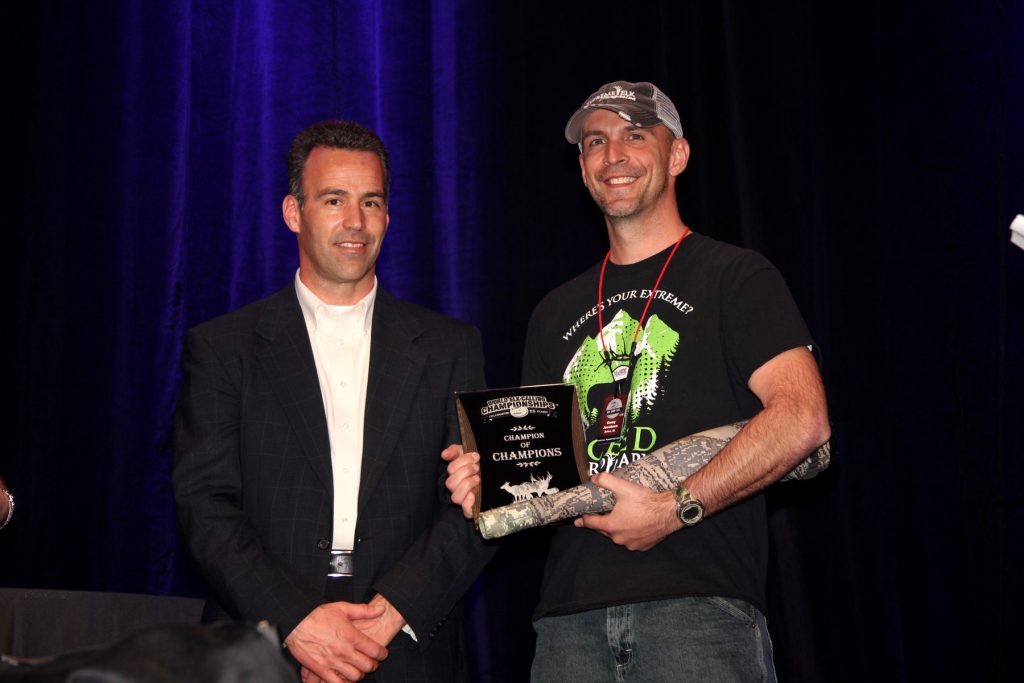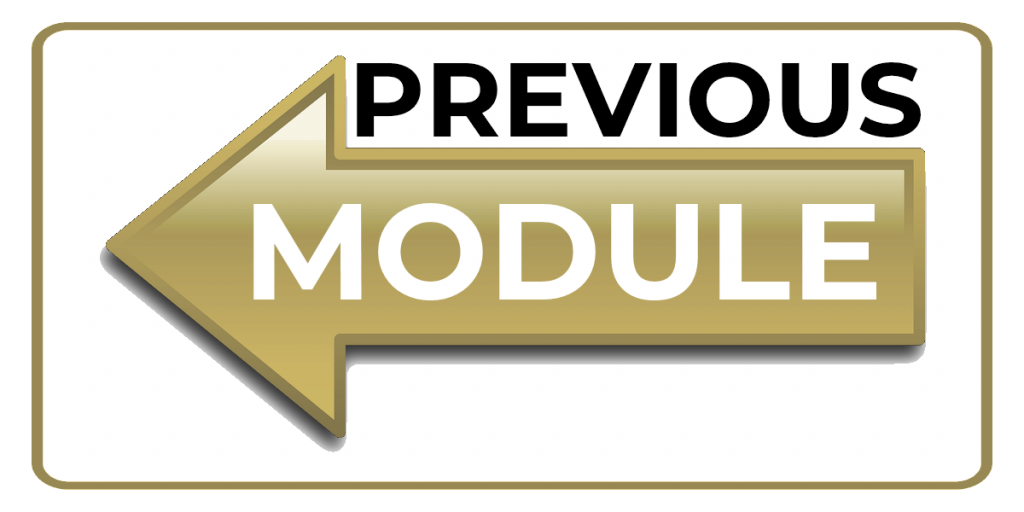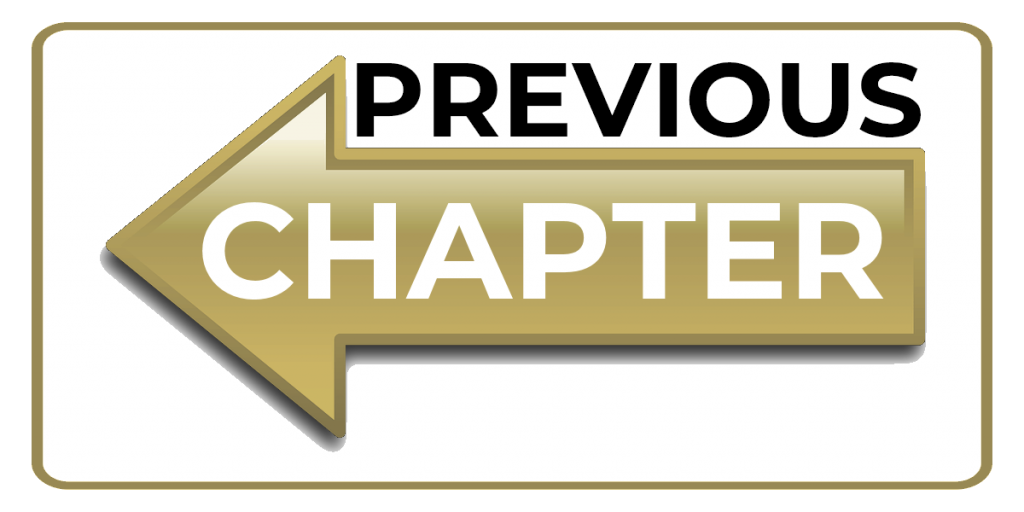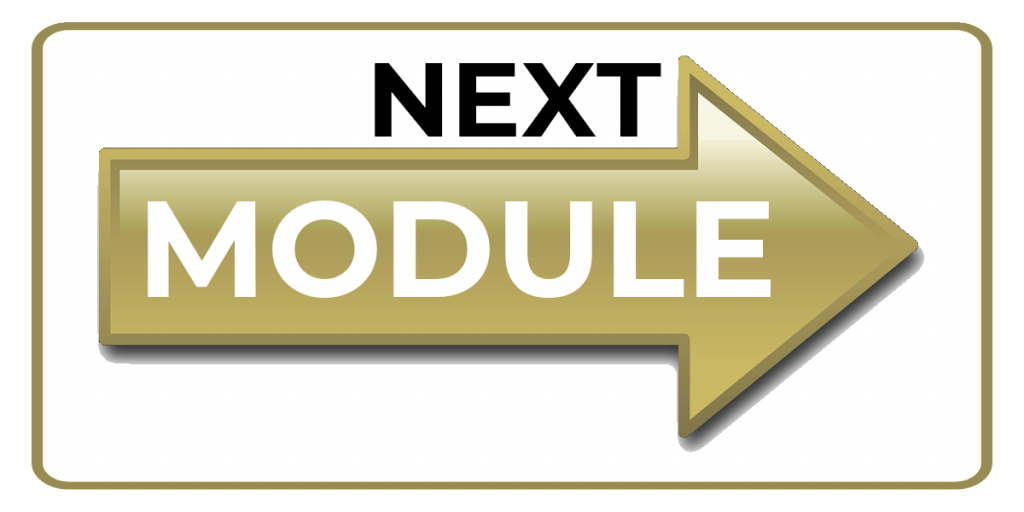
MODULE 5 - USING ELK CALLS
CHAPTER 2: BECOME A BETTER ELK CALLER

I’ve been calling in the World Elk Calling Championships hosted by the Rocky Mountain Elk Foundation for over 25 years. In this time, I’ve seen a wide variety of elk calls and elk callers, and I’ve learned many things that have made me a better elk hunter. I hear the argument all the time: “Being good on the stage doesn’t mean anything since you have to call way differently in the woods.” Or, “Human judges are way easier to fool than an elk.” However, I will tell you right now that I use the exact same sounds when I’m trying to win a World Elk Calling Championships as I do when I’m trying to call in a call-shy raghorn bull on public land. And there is one reason for that: authenticity.
Whether it’s a human judge behind a curtain on a stage, or a wise old bull elk, I want to sound as much like an elk as I can. The more closely I sound to an elk, the better – in both cases. Click the short video below to listen to the calls I used to win the Professional Division at the 2015 World Elk Calling Contest. I use the exact same sounds when I’m calling to elk in the field as well.
Explaining how to learn to use a diaphragm elk call or how to improve as an elk caller would be tough to demonstrate in writing. So, I’ve created a series of FIVE videos that detail everything it takes to use diaphragm elk calls with confidence. I’ll start at the very beginning with just learning to Make Sounds with a Diaphragm Elk Call (VIDEO #1), and then walk you through the Basic Mechanics of Using a Diaphragm Elk Call (VIDEO #2). Then, I'll dive into the Mechanics of Cow Calls (VIDEO #3) and the Mechanics of Bugles (VIDEO #4), and finish it up by showing you how to apply those mechanics in the Sounds That Elk Make (VIDEO #5). I’ll touch on some of the important sounds that elk actually make, and why they make them, and show you how to replicate those sounds in a way that will have you prepared – and confident – to make the sounds you need to make when you are hunting.
So, pop a diaphragm elk call into your mouth, and click the video below to get started:
If you want to become better at anything in life, it takes practice. Elk calling is no different. One of the things I’ve found very helpful is to listen to actual elk sounds and then try to replicate them. With the assistance of my good friend, Randy Newberg, and my friends at the Rocky Mountain Elk Foundation, I put together some video clips of the most authentic elk callers in the world – the elk!
You can use the video below to help you hear what cow calls and bugles really sounds like as you practice and try to replicate them:
SUMMARY
With a better understanding of diaphragm elk call construction, you are now armed with the information you need to find a call that will work for you. From there, practice. Keep practicing – in your garage, on your drive to work, in the backyard, etc. Focus on the basics, and work on one elk sound at a time. With practice, you will be plenty good enough to call in elk!
However, simply learning to make elk sounds isn’t going to be enough to actually call elk in on a consistent basis. There are volumes of information that are important to learn before you start randomly firing off bugles in the woods. Learning to use elk calls and making elk sounds is a key part of elk hunting, and I’m going to go into a lot more detail on Calling Elk in Module 9. Before I get into how to use elk calls to call in elk, I feel it’s important to first establish a firm understanding of elk behavior.

Click ‘Next Module” Below to Continue to Module 6: Elk Hunting Knowledge




